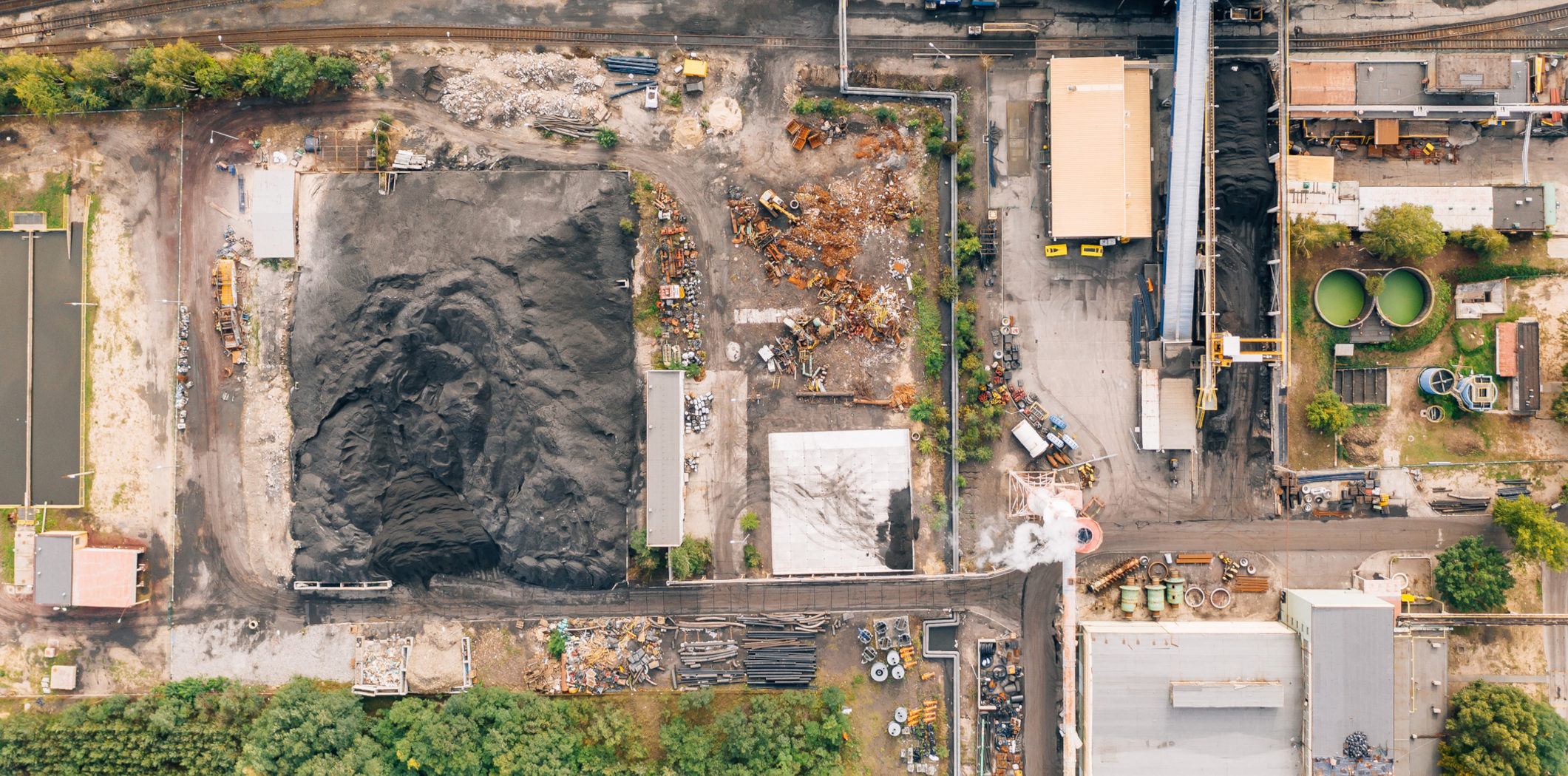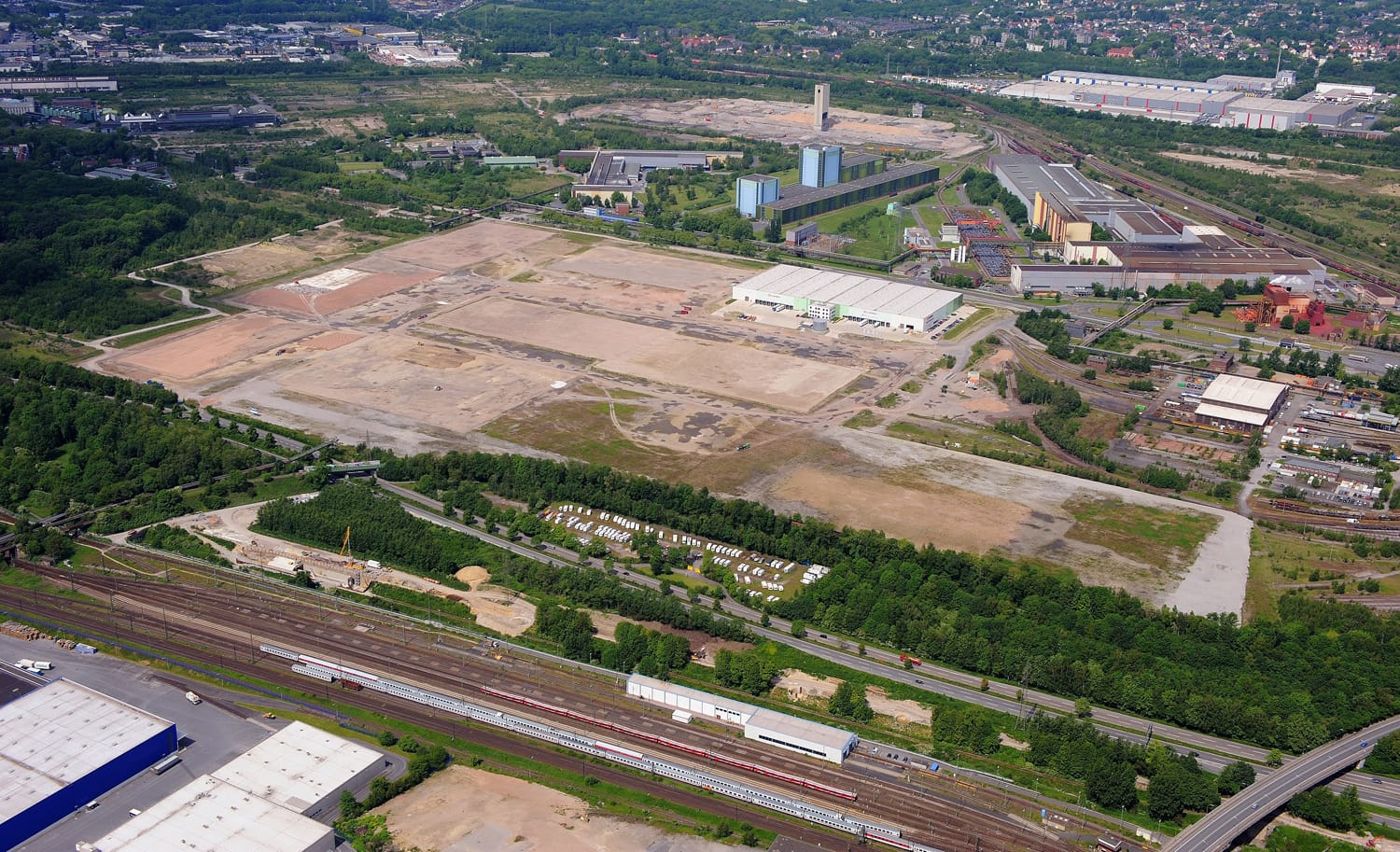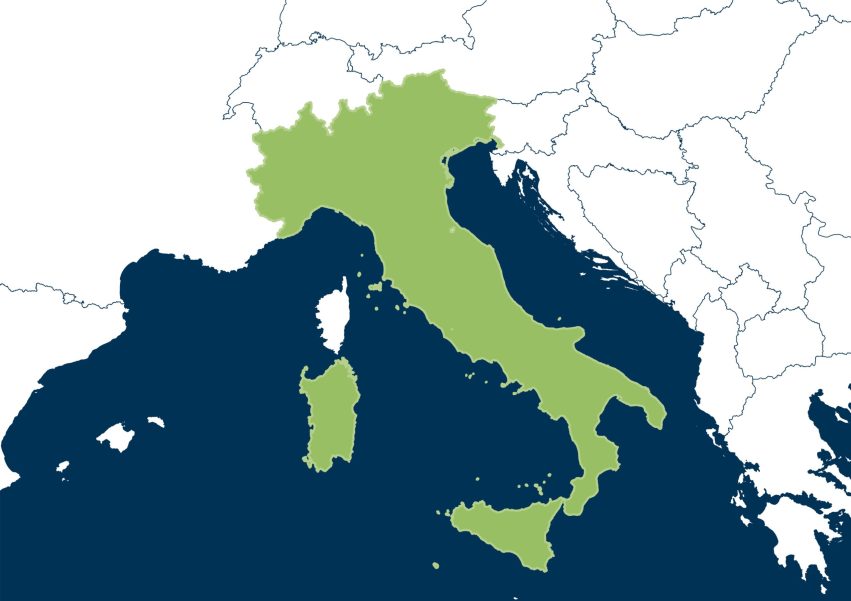5 Questions Put to our Expert: Why invest in Italy?

Marco Grassidonio
Country Head GARBE Industrial Real Estate Italy
5 Questions Put to our Expert
Italy’s logistics real estate market offers investors attractive entry prices, stable returns, and strong demand amid limited supply – particularly in high-growth regions such as Northeastern Italy. Demand is driven by e-commerce, wholesale trade, and sustainable development strategies like brownfield redevelopment. In the future, regions such as Genoa, the Brenner Corridor, and Southern Italy – alongside Milan – are expected to gain importance, accompanied by moderate rental growth above the inflation rate.
Q: From an investor’s point of view, what are the arguments in favour of investing in the Italian logistics real estate market?
Italy presents a logistics real estate market with characteristics that make it particularly attractive to investors. First, demand for logistics space exceeds current availability, with the number of sqm of logistics space per inhabitant significantly lower than the European average – see WHY INVEST IN ITALY, figure 4 – and Grade A stock being very limited. Historically low rents in European comparison result in lower “capital values” per square metre than in other European markets, averaging under 1,000 Euro/sqm, allowing investors to enter with low costs and provide downside protection on capital value on exit.
In addition, the Italian logistics market historically shows low volatility in terms of net yield, and, thanks to the constant growth of rents, allows for positive results in the long term, see WHY INVEST IN ITALY, figure 6. The vacancy rate, as expressed above, is compared to other European markets still low –in some markets it is even close to zero and thus is keeping well within the physiological threshold.
Another positive aspect is, that Italy is currently proving to be relatively resilient economically – particularly in north-eastern regions, where growth is above the EU averageand the unemployment rate was also significantly below the national average of 6.0 percent1 in March 2025. This economic stability, combined with a market barely affected by political developments, is an attractive factor for investors.
Q: What are the main demand factors in the Italian market at the moment?
Currently, on the investment front in Italy, the greatest demand is focused on core-plus and value-add deals, where investors seek to extract value through transformational (especially ESG) transactions and new logistics development, particularly by creating Grade A warehouses. Core investors, although still cautious, are beginning to analyse the market, but have not yet entered directly with significant acquisitions, probably waiting for a new reduction in interest rates and, consequently, related government bond yields. We see a growing interest in opportunities to enhance real estate portfolios through capex interventions, lease renegotiations, and development of residual buildability, to maximize exit in the coming years, with the expectation of a reduction in cap rates.
On the tenant side, the market is equally divided between logistics operators working on behalf of clients in the e-commerce and large-scale retail (GDO) sectors, and industrial companies that need logistics space to manage their e-commerce operations or to supply their distribution networks. Sectors such as fashion, food, pharmaceuticals, and industrial components are among the strongest in Italy, with significant demand for modern, well-located logistics space. In particular, the fashion and food sectors play a leading role, driving demand for high-quality logistics real estate.
In summary, the main demand drivers include both transformation and development needs from investors and the demand for logistics space from players in e-commerce, large-scale retail, and strategic industries.
Q: Which developments will play a special role in the Italian logistics real estate market in the future?
In Zukunft wird sich die Entwicklung von Logistikimmobilien in Italien zunehmend auf die Sanierung von Altstandorten konzentrieren und dadurch nachhaltiges Wachstum im Sinne der ökologischen, ökonomischen und sozialen Anforderungen ermöglichen.
The future of logistics development in Italy will increasingly come through brownfield redevelopment, enabling sustainable growth that meets environmental, economic, and social needs.
We are witnessing a momentous change in the logistics real estate sector in Italy. Regions are adopting new laws that limit land consumption, making it increasingly difficult to develop new projects on greenfield land. As a result, brownfield conversions – discontinued or former industrial areas in need of redevelopment – are becoming increasingly prominent. This redevelopment not only enhances unused land, but also addresses environmental and social needs.
Brownfield redevelopment represents the main resource for future logistics investments in Italy. Although these projects require demolition, reclamation, and urban regeneration, incurring additional costs compared to greenfields, these projects offer significant benefits, especially in terms of ESG (Environmental, Social, Governance). Not only do they make it possible to reduce environmental impacts, but they can also have a positive impact on the community, creating jobs, improving infrastructure, and providing new services and useful spaces for the community in areas currently experiencing severe social and environmental degradation.
GARBE Industrial Real Estate Italy is also moving in this direction, focusing on brownfield developments to build innovative and sustainable logistics projects that meet the high environmental and social standards demanded by the market today. We are particularly focused on looking for this type of land, as our approach, which we call ‘Sustainonomics’ – a concept introduced by our Managing Partner Christopher Garbe – not only allows for sustainability but also generates economic value for investors and local communities.
Q: How do you assess the potential for rental growth in Italy in the coming years?
Starting from a situation where rents were very low, averaging € 3-4 per sqm per month before COVID, we have seen a significant evolution of rents in recent years, outpacing inflation. What we observe is a more regular growth in rents. Italy has aligned with European benchmarks, with an annual inflation target of 2 percent. As of April 2025, we already meet these parameters2. Over the next few years, we expect rents to probably grow a few percentage points above expected inflation, reflecting stability and sustainable growth in the market.
Q: Which regions in Italy will gain in importance as logistics locations in the future and how do they differ from established markets such as Milan?
There are several regions that are already emerging and taking on an important role, such as the Genoa backport, which runs from Serravalle to Casei Gerola. This area offers significant opportunities for goods warehousing and distribution to the rest of Europe. In addition, the Verona and Brenner corridor is already significant and will continue to grow. The area between Rome and Naples is also set for further development in the coming years.
In general, in addition to Milan, we expect the importance of southern Italy and the Adriatic coast to grow. These regions offer unique logistical advantages and are gaining increasing attention from investors and industry players, diversifying from traditional markets.






